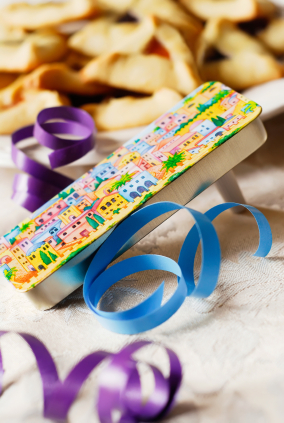
The great sage Maimonides wrote:
“When a teacher is teaching, and the students do not understand, the teacher should not be angry at them or become upset, but rather the teacher should go over the material again and again—even many times—until they understand the depth of the material. Similarly, a student should not say, ‘I understand,’ if he has not understood. He should ask again—many times, if necessary (Mishneh Torah, Laws of Torah Study 4:4).”
In some ways, it’s a manifesto for “special education,” since it presumes that if a student is not grasping the material, the onus is upon the teacher to change the way in which the teacher teaches in order to reach the student. (Contrast this mindset to so much secular education, where the student is expected to adapt to the teaching style of the teacher.) From this comes my assertion that all Torah education is “special” education.
In other words, we all learn in our own unique ways, and the job of an effective Torah-teacher is to find the key that opens up each individual student.
Purim, in many ways, is the perfect holiday to test this theory because it can be a sensory overload of different learning techniques! It is not a time for formal sermons or lengthy and proper prayer services. To the contrary, Purim stresses outrageous, irreverent behavior, all in the name of integrating the story of Esther and the deliverance of the Jewish people from a vicious enemy. Consider how all the different senses are engaged in a typical Purim celebration:
- We hear and read the Scroll of Esther.
- We dress up in ridiculous costumes and clothes to celebrate the holiday.
- We shake our groggers (noise-makers) as we listen attentively for the name of Haman; conversely, we can cheer the names of Esther and Mordecai throughout the reading. (Making one’s own personal grogger is also a way of customizing the experience.)
- We can write the name “Haman” or “Amalek” in chalk on the soles of our shoes, and as we stamp our feet during the Megillah reading, we literally fulfill the Torah’s words to “erase the name of Amalek.”
- At Temple Shir Tikva, our Purim band puts music front and center as part of our Purim celebration.
- We bake and eat hamantaschen (in Israel they’re called oznei haman – “Haman’s ears”!)
- Assembling and delivering mishloach manot (gifts of food) and personally giving tzedakah (charity) are tactile mitzvot (good deeds) that echo the actions of Esther and her followers in the culmination of the Megillah.
In other words, the teaching of Purim is almost entirely experiential. You know your daughter’s learning style better than anyone, but I hope some of these techniques will open the experience and story of Purim to her.

February is Jewish Disability Awareness Month. For more resources, check out our Disabilities Resources page.
InterfaithFamily endeavors to make life-cycle events and holidays, like Purim, accessible to all. Their booklet and video for Purim are helpful for all ages.
